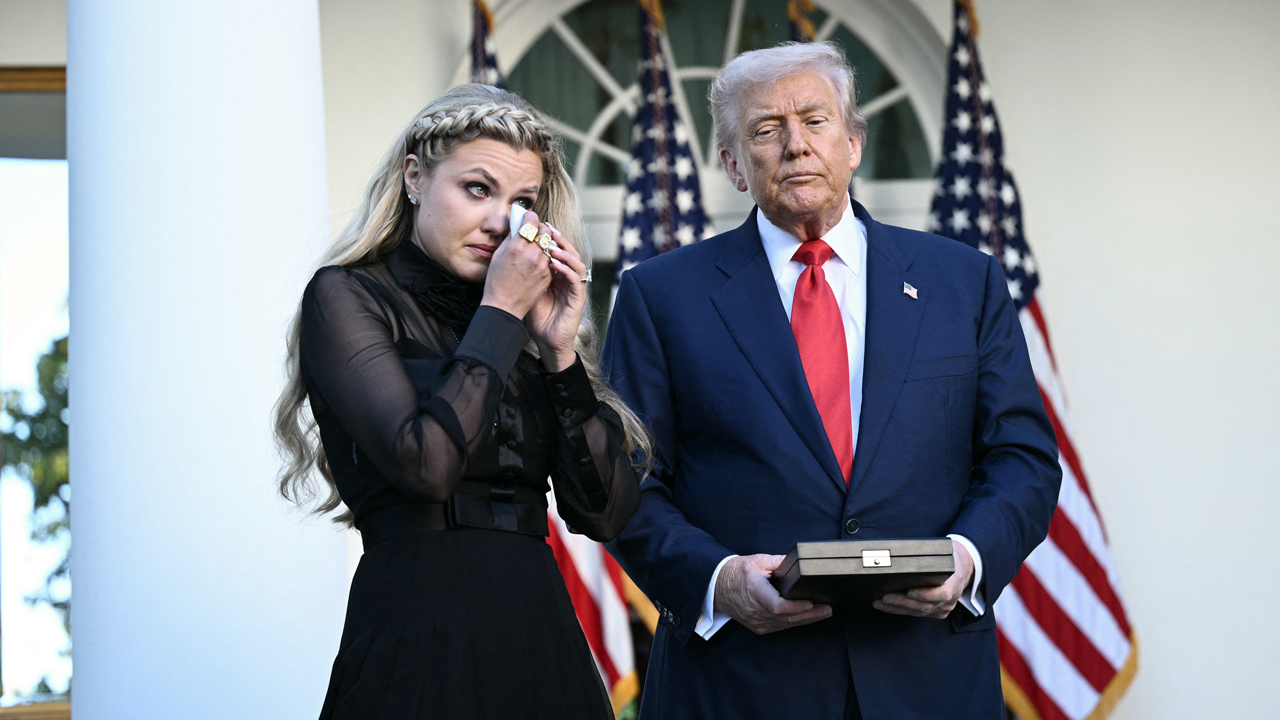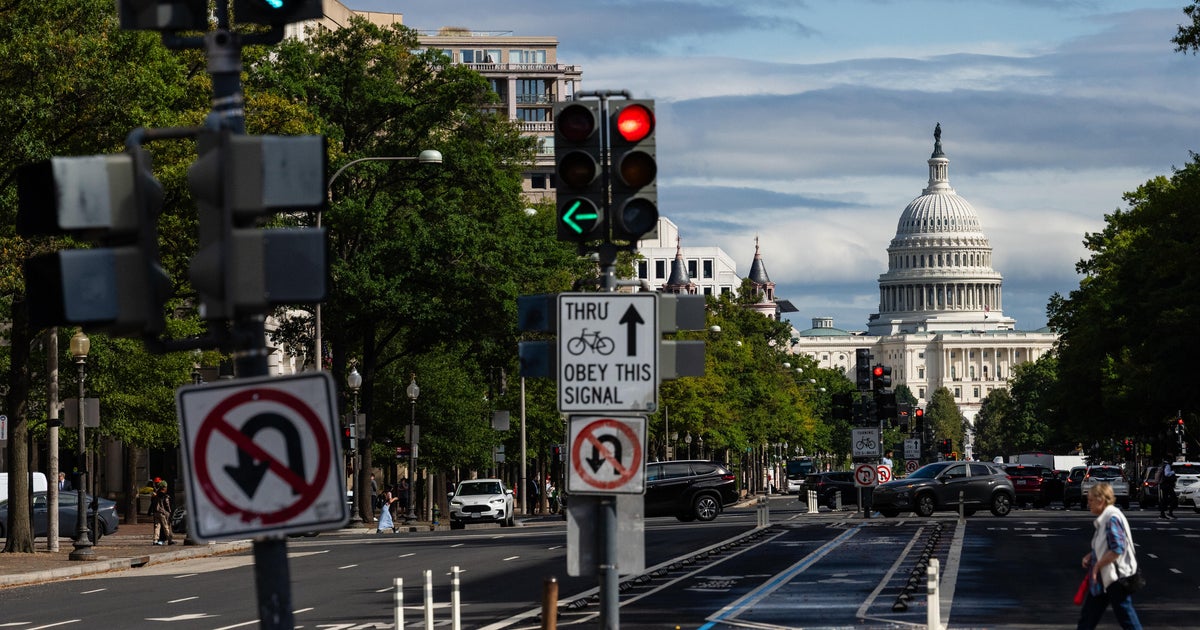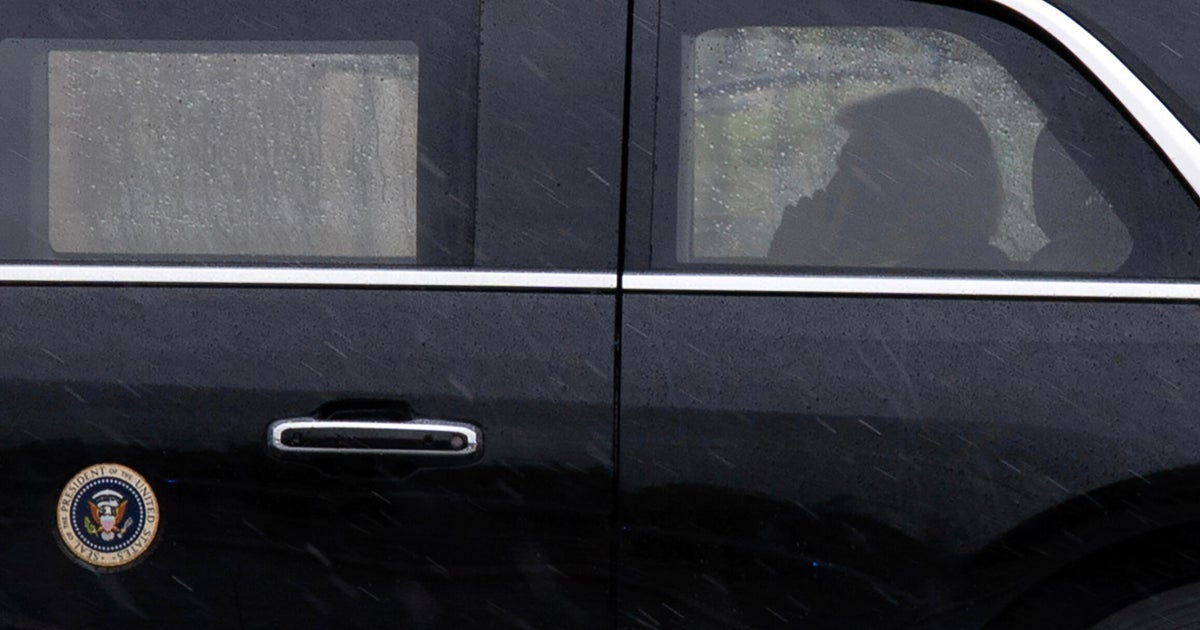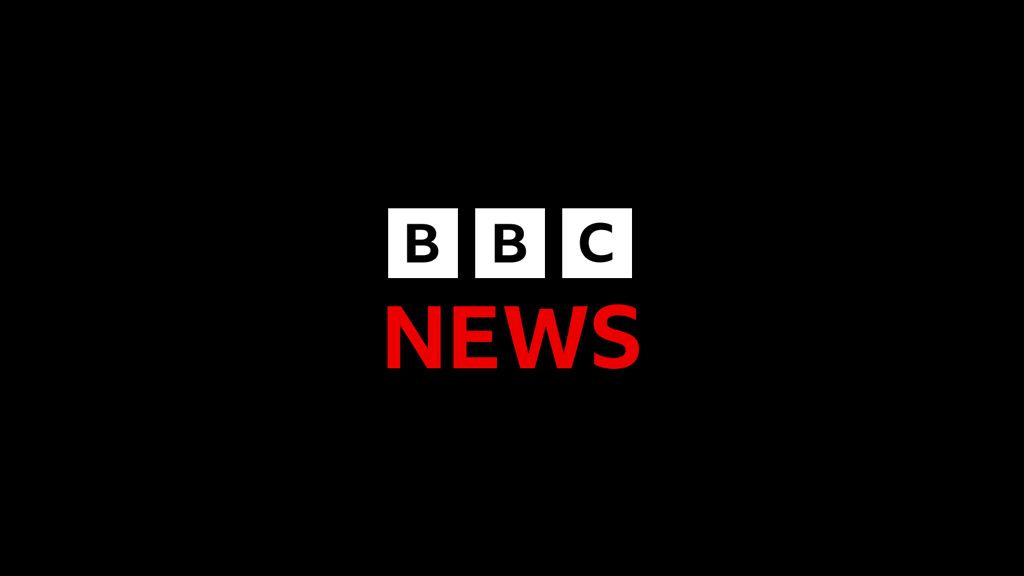Argentina 2025 Midterm Elections: Milei's Libertarian Test and US Backing
#argentina #midterm_elections #politics #libertarian #us_aid
Midterm Elections in Argentina
On October 26, 2025, Argentina held crucial midterm elections, with half of the Chamber of Deputies and a third of the Senate seats contested. These elections are the first under President Javier Milei’s administration and are seen as a pivotal test of his libertarian agenda. The introduction of the unified paper ballot system marked a significant change in the electoral process, replacing the previous primary system.[1]
Milei’s Political Mandate and U.S. Support
The election outcome has major implications for Milei’s political strength and the future of U.S. financial aid. Following a White House meeting, former U.S. President Donald Trump linked potential $20 billion in aid to Milei’s party success, emphasizing the close ties between Argentina’s electoral results and international financial support.[1] Milei’s party’s strong performance enhances his ability to pursue aggressive free-market reforms praised by international backers.[2]
Implications for Argentina’s Future
The midterms will shape Argentina’s legislative landscape and determine the durability of Milei’s reforms amid economic challenges. A robust congressional presence could solidify Milei’s policy objectives, influencing Argentina’s economic trajectory and its relationship with global partners, particularly the United States.[1][2]
About the People Mentioned
Donald Trump
Donald John Trump, born June 14, 1946, in Queens, New York, is an American businessman, media personality, and politician. He graduated from the University of Pennsylvania’s Wharton School in 1968 with a degree in economics. In 1971, he took over his family’s real estate business, renaming it the Trump Organization, through which he expanded into building and managing skyscrapers, hotels, casinos, and golf courses. Trump gained widespread fame as the host of the reality TV show *The Apprentice* from 2004 to 2015, which helped establish his public persona as a successful entrepreneur. Trump entered politics as a Republican and was elected the 45th president of the United States, serving from 2017 to 2021. His presidency was marked by significant policy actions including tax cuts, deregulation, the appointment of three Supreme Court justices, renegotiation of trade agreements (notably replacing NAFTA with the USMCA), and a focus on immigration control including border wall expansion. He withdrew the U.S. from international agreements such as the Paris Climate Accord and the Iran nuclear deal, and engaged in a trade war with China. His administration’s response to the COVID-19 pandemic was criticized for downplaying the virus’s severity. Trump was impeached twice by the House of Representatives—first in 2019 for abuse of power and obstruction, and again in 2021 for incitement of insurrection—but was acquitted by the Senate both times. After losing the 2020 election to Joe Biden, Trump challenged the results, culminating in the January 6, 2021, Capitol riot. He remains a central figure in American politics, having won the 2024 presidential election and returned as the 47th president in 2025, continuing to promote policies aimed at economic growth, border security, and military strength[1][2][3][4].
About the Organizations Mentioned
Chamber of Deputies
## Overview of the Chamber of Deputies The **Chamber of Deputies** is a key legislative body found in many countries, typically serving as the lower house in a bicameral parliament. Its primary function is to represent the citizenry, debate and pass laws, oversee government actions, and control the national budget[3][5]. The specific powers, structure, and electoral systems of Chambers of Deputies vary by country, but they generally play a central role in shaping national policy and ensuring governmental accountability. ## Historical Context The concept of a Chamber of Deputies dates back to the 19th century, emerging in countries like France, Italy, and Brazil as part of democratic reforms. For example, Brazil’s Chamber of Deputies was established with the adoption of its republican constitution in 1891, while Italy’s Chamber was formed after the unification of Italy in the 1860s. These bodies were designed to give citizens a direct voice in governance, moving away from autocratic or colonial systems[1]. Over time, electoral processes have evolved—such as Mexico’s transition from a no-reelection rule (1917–2015) to allowing up to three consecutive terms for deputies[6]. ## Functions and Achievements Chambers of Deputies are responsible for **lawmaking**, **budget approval**, and **executive oversight**[5]. They often work in tandem with an upper house (Senate), but in some countries, like Italy, both houses have nearly identical powers—a system known as “perfect bicameralism”[7]. Key achievements include the passage of landmark legislation, constitutional amendments, and the establishment of checks and balances on executive power. For instance, the Mexican Chamber of Deputies played a pivotal role in transitioning from a one-party system to a more pluralistic democracy in the late 20th century[6]. ## Organizational Structure Internally, Chambers of Deputies are highly structured. Brazil’s Chamber, for
Senate
The **United States Senate** includes several key committees critical to business and technology policy, notably the *Senate Committee on Small Business and Entrepreneurship* and the *Senate Committee on Commerce, Science, and Transportation*. These committees play pivotal roles in shaping legislation that impacts small businesses, innovation, technology development, and commerce nationwide. The **Senate Committee on Small Business and Entrepreneurship** advocates for small businesses by overseeing the Small Business Administration (SBA), which provides capital access, education, technical assistance, and federal contracting opportunities to small enterprises. This committee’s historical role has been to ensure the vitality of small businesses, which are essential to the American economy. Recent efforts include bipartisan reforms targeting SBA program efficiency, fraud prevention related to pandemic aid, and support for entrepreneurship in underserved communities. They also focus on programs like the Small Business Innovation Research (SBIR) and Small Business Technology Transfer (STTR), which connect federal agencies with private entrepreneurs to accelerate research and development in critical tech areas, thereby maintaining U.S. technological leadership[1][4][5][8]. The **Senate Committee on Commerce, Science, and Transportation** is one of the largest Senate committees, overseeing broad sectors including consumer protection, economic development, manufacturing, trade, science, and transportation infrastructure. It addresses emerging technologies, environmental issues like climate change, and space exploration, both government-funded and private. This committee significantly influences national business practices, product safety, competitiveness, and innovation ecosystems, affecting industries from maritime to digital technology[2][7]. Notable recent activities include Senate hearings on Big Tech antitrust and competition policies, emphasizing the need to regulate dominant technology firms to foster innovation and protect consumers and workers. This aligns with broader legislative efforts addressing artificial intelligence and technological competitiveness in 2025[6][10]. In summary, the Senate’s organizational structure and committees serve as crucial instruments in shaping U.S. business and technology landscapes. Through oversight, legislation, and reform initiatives, they support small businesses, promote innovation
White House
The **White House Office** is a central organizational component within the Executive Office of the President of the United States (EOP), tasked with supporting the President in managing day-to-day operations, policy formulation, and political affairs. It is headed by the White House Chief of Staff and staffed by senior aides who report directly to the President, including those with titles such as Assistant to the President and Deputy Assistant to the President. These staff members are mostly political appointees without the need for Senate confirmation, allowing the President considerable discretion in shaping the office to suit each administration's priorities[1]. Historically, the White House Office was established in 1939 through Reorganization Plan 1 and Executive Order 8248 to provide immediate assistance to the President. It functions as the nerve center for presidential staff, physically located primarily in the West Wing, and plays a pivotal role in managing the President’s policy agenda, communications, and political strategy. Its flexible organization allows each President to tailor the staff composition and roles according to their governance style and objectives[1]. In the current context of 2025, the White House Office operates under the administration of President Donald J. Trump, who returned to office after the 2024 election. His administration emphasizes rejecting prior policies deemed extremist and focuses on enhancing quality of life, economic growth, and American energy dominance. The administration includes Vice President JD Vance and First Lady Melania Trump, among others, with a Cabinet advising on various governmental functions[4][6]. Recent initiatives linked to the White House’s operational sphere include the establishment of a new **Department of Government Efficiency (DOGE)** aimed at modernizing federal technology and software to boost government productivity. The DOGE agenda is implemented through the renamed United States DOGE Service within the Executive Office, reflecting a concerted push to leverage technology for administrative modernization[5]. Notably, the White House Office also coordinates national security and homeland security functions through the National Security Council staff, underscoring its central role








